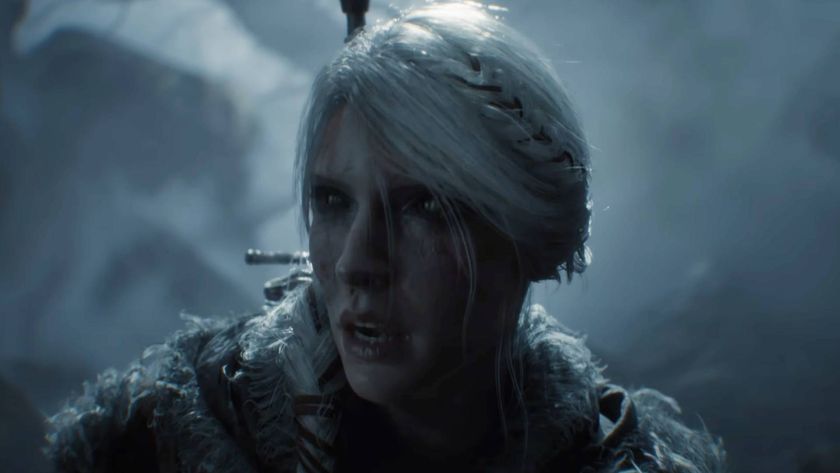Is Windows 7 a revolution for PC gamers?
We investigate whether number 7 makes up for the Vista-fail
The problems back then were strictly business because while devs such as Crytek – who build their reps by being seen to be producing PC games at the cutting-edge in terms of graphics – were keen to push DirectX 10 to its limits, the DX9-to-DirectX 10 transition was still “somewhat painful, even for those companies,” according to AMD.

Above: Richard Huddy, AMD
Fast-forward to today and Huddy is adamant that this is the best DirectX transition he’s ever seen, simply because there’s a substantial installed base of 50% of Vista users, who can run DirectX11 games as soon as they install Windows 7. This instantly changes the market dynamic for any PC games publisher or developer.
“So you can see why Windows 7 is a really far more attractive proposition for games developers,” argues the AMD man. “I mean, being one of the leading vendors for DirectX 11 hardware in the market, I’m bound to say that it’s great, aren’t I? Gamers can decide for themselves in time whether it’s true.
“The best thing is that I can back that statement up with the fact that – unlike the fix or six months gap between DirectX 10 hardware launching and the first games arriving – there were DirectX 11 games on the shelf before there was any hardware available.”
He’s only right as well. EA’s BattleForge, for example, was out back in'09 and there’s also a bunch of other DirectX 11 games out now (like DiRT 2), and due early in 2010, such as STALKER: Call of Pripyat, as well as new DirectX 11 game engines from the likes of Eastern European devs such as Unigen. So there was a lot of DirectX 11 code out there within weeks of Windows 7’s launch.
As is always the case though, to get the best out of Windows 7 gaming you are going to need the best DirectX 11 graphics hardware you can afford. This is because, in addition to Microsoft’s software innovations, DirectX 11 is based on a number of technical innovations made in graphics processor units (GPUs). One of the main benefits here is tessellation – a technology which lets your PC create a large number of highly detailed triangles inside the graphics card.
Sign up to the 12DOVE Newsletter
Weekly digests, tales from the communities you love, and more
On top of that, you have the new Shader Model 5, “which runs something like BattleForge a staggering 30% faster than it would on DX 10.1 hardware” claims AMD.
And these two features alone give games developers a lot to play with. Instead of having 5-10 million triangles per second on screen at any one time, they can now have hundreds of millions. Most importantly this lets artists introduce the smooth curves that they had in mind for the art style in their games. And it’s allowing some devs, such as Rebellion, to achieve a massive quality win within games such as Aliens vs Predator, all at hardly any extra cost.

Above: And what will this mean for Games for Windows?
What all this means is that PC game developers can now start to release the best-quality DirectX 11 versions of their games that will be sure to run on the widest possible range of hardware out there. “It’s not just an option anymore,” says AMD’s Huddy, “it’s actually the most sensible business decision for them to make.”
For now Windows 7 offers better graphics anda stable platform. And for the future? Who knows.













